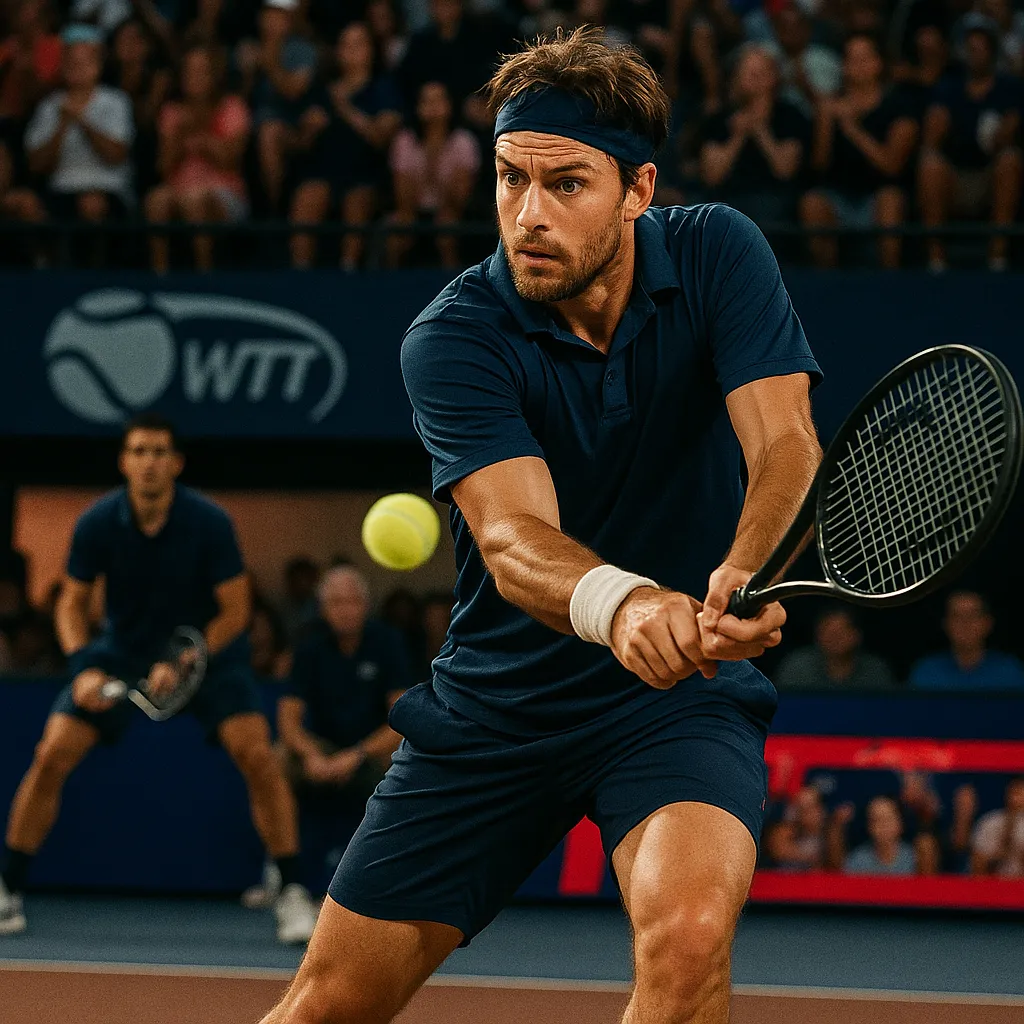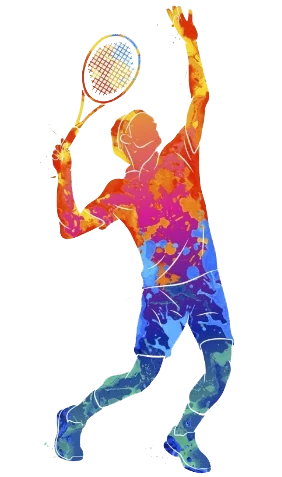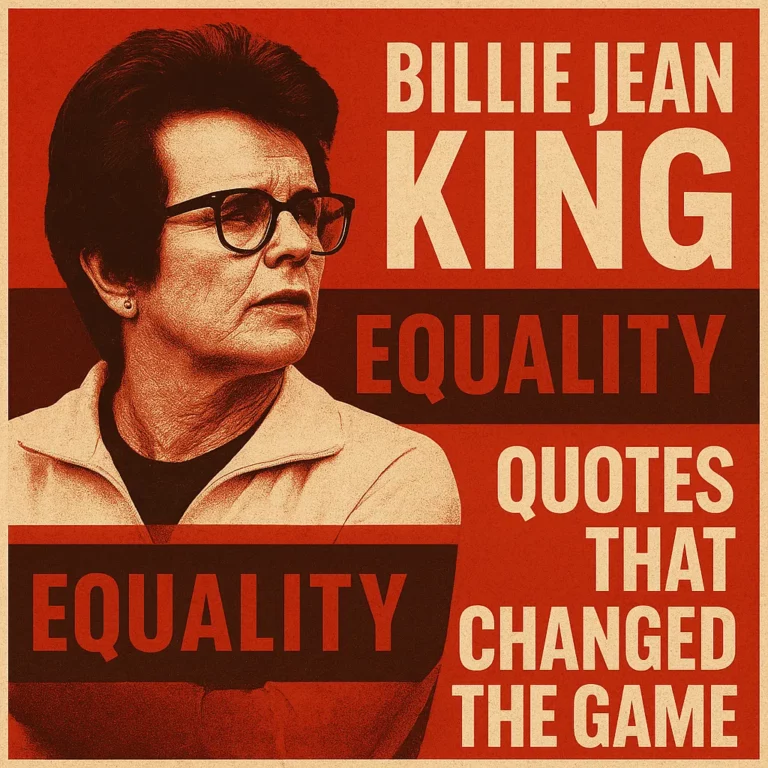Mental Endurance in Team Tennis: Staying Sharp Under Pressure

Team tennis isn’t just about racket skills or athletic ability — it’s a mental game, start to finish. Especially in the high-energy environment of World TeamTennis (WTT), where matches are loud, fast, and emotionally intense. Every point is part of something bigger. And every player is part of a team that relies on their ability to stay focused, rebound quickly, and bring steady emotional control to a chaotic court.
The WTT Format: Pressure Cooker or Training Ground?
World TeamTennis is unique — it’s built for speed, spectacle, and team dynamics. Matches consist of short sets, and the pace leaves no room for hesitation. From the very first serve, players are expected to lock in.
There’s no warm-up period. No easing into the rhythm. One minute you’re on the bench; the next, you’re facing a new opponent, a new partner, or even a new playing style. Add to that a stadium buzzing with music, fan chants, and live reactions — it’s a sensory overload by design.
So how do players cope? The answer lies in mental conditioning. Just like they train their bodies, they build quick mental reflexes — tools they can deploy instantly to stay centered:
- Breathing techniques that steady the heart after an intense rally.
- Visual focus anchors that prevent distraction.
- “Trigger phrases” like internal mantras to re-enter a flow state.
In WTT, mental agility isn’t optional — it’s survival.
Focus Tactics That Actually Work on the Court
Elite athletes don’t rely on motivation alone. They rely on systems. These are some of the core strategies professionals use to stay mentally engaged throughout the highs and lows of a match:
1. The “One Moment” Rule
Instead of obsessing over the scoreboard or previous errors, players focus only on the next hit. Just one. This mindset removes pressure and makes each action more intentional. It’s about shrinking the mental playing field so that the present moment is the only thing that matters.
2. Silent Team Support
In team tennis, your teammates aren’t just there to cheer — they’re your backup. The presence of a supportive bench reduces isolation and stress. A bad game doesn’t define you if you know your teammates are ready to step in or lift you emotionally. Even silent eye contact can be grounding.
3. Breathing Control
Breathing is the quickest reset button. Between points, players use controlled breath cycles — in through the nose, out through the mouth — to lower adrenaline and sharpen focus. After emotionally charged plays, this is how they regulate intensity and avoid spiraling.
Micro-Recovery: Regaining Balance in Seconds
In WTT, players don’t have time for extended breaks or mental resets. That’s why they use micro-recovery tools — small rituals or mental techniques that fit between rallies and serve as anchors in stormy moments.
Common micro-recovery tools include:
- Pre-point rituals: Bouncing the ball a set number of times, wiping with a towel, or locking eyes with a coach.
- Switch phrases: Short mental cues like “Next point,” “Reset,” or “My pace” — phrases that cut emotional overthinking and return focus to action.
- Quick visualization: Before a serve, players may briefly imagine the exact trajectory they want. This mental rehearsal boosts confidence and primes muscle memory.
None of these tools are accidental. They’re practiced, fine-tuned, and embedded into daily training. In the heat of a match, they’re not gimmicks — they’re lifelines.
Match Pressure: A Shared Psychological Challenge
Pressure peaks in tie-breaks, deuce points, or when the score is neck-and-neck. In singles tennis, that weight sits entirely on one person’s shoulders. But in WTT, pressure is distributed. Teammates, coaches, even fans become part of the emotional ecosystem.
And that changes everything.
Instead of viewing crowd noise or coach input as distractions, mentally strong players learn to harness them. They feed off the energy. They let the team presence reduce personal stress. When everyone shares responsibility for the outcome, it becomes easier to stay emotionally balanced — and bounce back faster when things go sideways.
The Takeaway: Mental Game = Team Game
WTT challenges players in ways traditional formats don’t. It strips away isolation and replaces it with high-speed, high-stakes, highly social tennis. That can break you — or shape you.
Mental endurance here is about more than individual resilience. It’s about syncing your inner calm with team momentum. It’s about turning chaos into flow. And above all, it’s about learning to focus — not despite the noise, but because of it.
Suggested Table: Mental Techniques Used by WTT Players
| Technique | Purpose | Example Use Case |
|---|---|---|
| “One Moment” Focus | Reduces pressure | Focus only on the next swing |
| Controlled Breathing | Regulates stress | Between intense points |
| Trigger Phrases | Mental reset | “Next point,” “My tempo,” etc. |
| Visualization | Sharpens execution | Imagining ball path before serving |
| Bench Presence | Emotional grounding | Knowing your team has your back |






